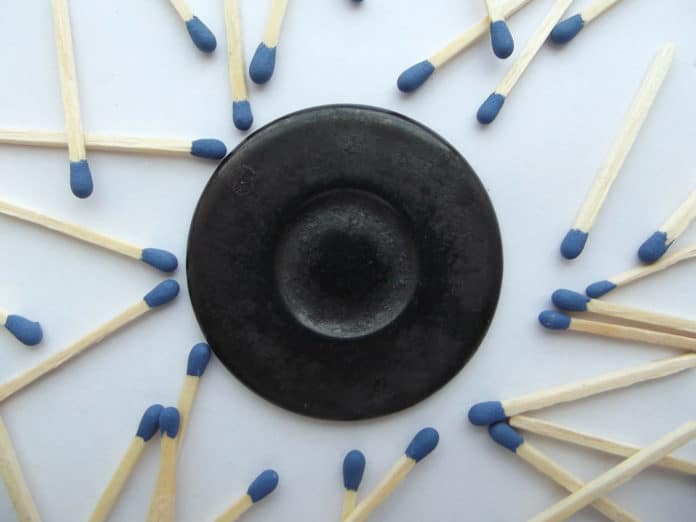Sperm size varies across animals- ranging from 0.002 millimeters in a freshwater rotifer to nearly 6 centimeters in a fruit fly. Why is sperm size so variable? This is a puzzle for many scientists since the century, as no matter which animals, sperm has the same function: to fertilize eggs.
While explaining sperm diversity, scientists usually focus on how sperm compete to fertilize eggs or how females choose which sperm fertilize their eggs. However, scientists from the Stockholm University have found the missing piece of the puzzle – the location where sperm and eggs meet can also influence sperm size.
Scientists observed how the location of fertilization influences sperm evolution. To do so, they gathered and examined data on sperm size from more than 3,200 animal species. They then classified each species based on where sperm and eggs meet.
Ariel Kahrl, a researcher in the Department of Zoology at Stockholm University, said, “In species with internal fertilization – like mammals, birds, and insects – sperm fertilize eggs inside the female’s body, while in species with external fertilization – like sea urchins and many fish species – sperm and eggs are released into the water and fertilization happens outside of the female’s body.”
Scientists found that sperms were almost six times longer and changed size more rapidly, especially in animals that use internal fertilization.
Rhonda Snook, a professor in Zoology and an author of the paper, said, “When sperm are released externally, selection keeps sperm size small to allow males to produce a lot of sperm. But when sperm are transferred to the females in internal fertilizers, males may compete better with bigger sperm, and females may prefer to fertilize eggs with bigger sperm.”
Scientists also examined another type of fertilization called spermcasting. This type of fertilization usually takes place in invertebrates, where sperm are released externally and then filtered out of the water by females, where they then fertilize eggs inside the female.
In spermcasters, sperm are small, like external fertilizers, but evolved rapidly, like internal fertilizers.
John Fitzpatrick, an associate professor in Zoology at Stockholm University and the senior author of the study, said, “Spermcasting represents a mix of internal and external fertilization, which allowed us to see what part of the fertilization process influenced sperm evolution.”
“Our results clearly show that interactions between sperm and females help generate the tremendous diversity in sperm size we see in animals today. The greater the potential for interactions between sperm and females, the faster sperm evolve.”
In the case of humans, do males have supersized sperm?
This isn’t the case; human sperm are about the same size as animals that release their sperm into the water.
Ariel Kahrl said, “In animals with large bodies, like humans, sperm are diluted inside the female’s reproductive tract. From the sperm perspective, it doesn’t matter if dilution occurs inside a female or in the ocean – dilution keeps sperm small. It’s only when sperm are confined in small spaces within the female that sperm become supersized.”
Journal Reference:
- Kahrl, A.F., Snook, R.R. & Fitzpatrick, J.L. Fertilization mode drives sperm length evolution across the animal tree of life. Nat Ecol Evol (2021). DOI: 10.1038/s41559-021-01488-y
